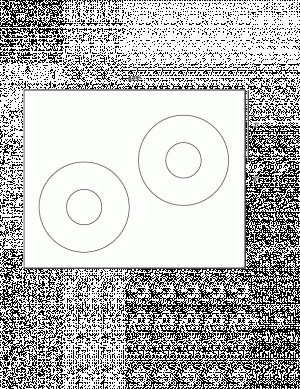cjdesign
New member
Hi Reefers, I'm planning a new drain system on my 55 gal saltwater/acrylic tank. Upgrading my external cpr overflow box with an internal version (6.25 x 5 x 4). Wondering what the best drain type is for my size and set-up. I have enough room for two 1" bulkheads within the overflow box. Seems Herbie setups are mostly mounted at the bottom within tall overflow boxes, I will be drilling out of the back and I only have 5" total clearance. The bean animal uses 3 drains - so that's out of the question. Thanks in advance for any advice you my have.



